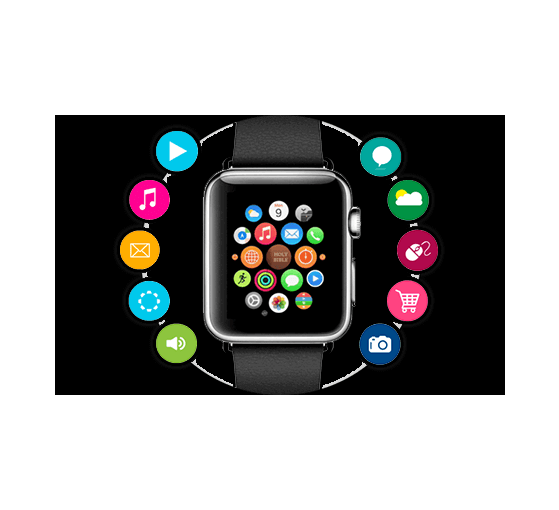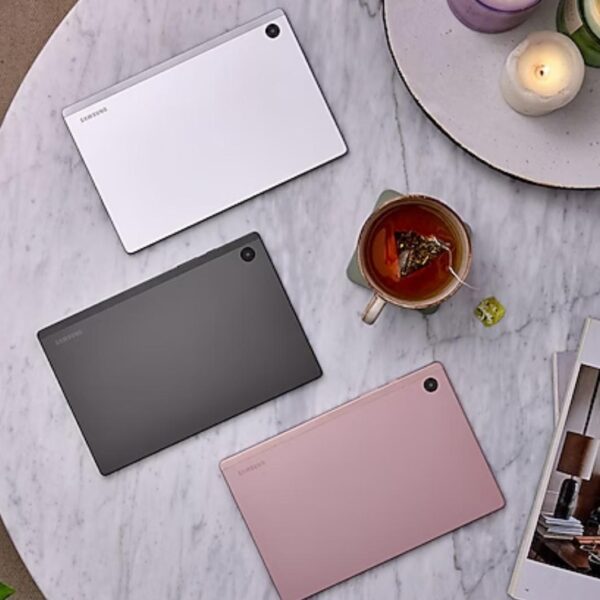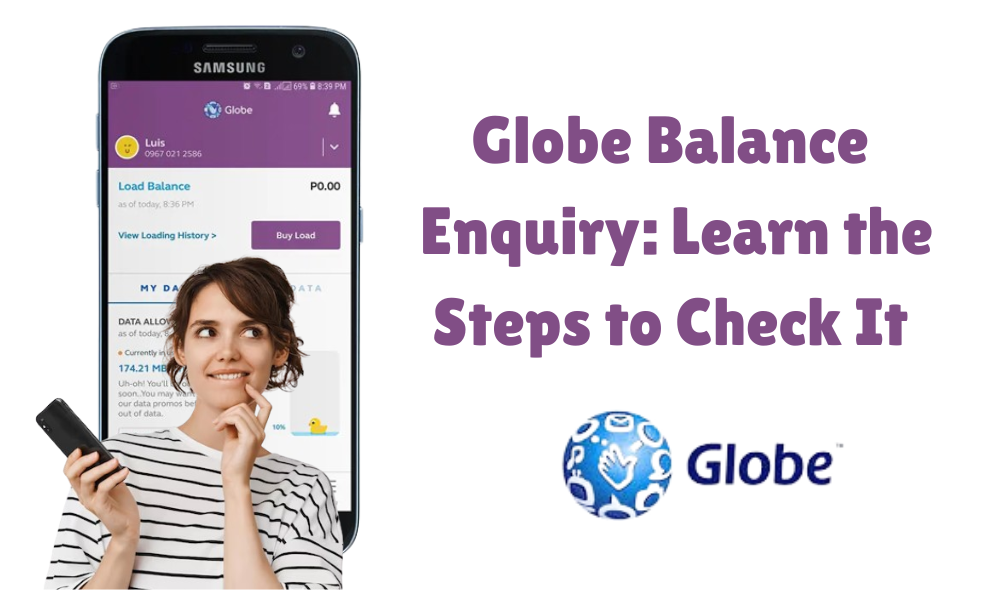In recent years, wearable app development has surged in popularity, offering users convenient and innovative ways to interact with digital information. Behind the scenes of these sleek wearables lies a complex process of development, particularly when it comes to creating the apps that power them. In this comprehensive guide, we will delve into the intricacies of wearable app development, exploring the technologies, strategies, and considerations that drive this dynamic field.
Understanding Wearable Technology
Wearable technology encompasses a diverse range of devices, from smartwatches and fitness trackers to augmented reality glasses and smart clothing. Each of these devices presents unique opportunities and challenges for app developers. Understanding the capabilities and limitations of different wearables is crucial for crafting effective and engaging apps.
Types of Wearable Devices
- Smartwatches: Smartwatches are perhaps the most ubiquitous form of wearable technology, offering users a compact interface for accessing notifications, tracking fitness metrics, and more.
- Fitness Trackers: Fitness trackers focus on monitoring physical activity and health metrics such as steps taken, heart rate, and sleep patterns.
- Augmented Reality (AR) Devices: AR devices overlay digital information onto the user’s physical environment, creating immersive experiences for gaming, navigation, and more.
- Smart Clothing: Smart clothing integrates sensors and electronics directly into garments, enabling features such as biometric monitoring, gesture control, and temperature regulation.
The Development Process
Wearable app development follows a similar process to traditional app development but with some unique considerations. From conceptualization to deployment, each stage requires careful planning and execution to ensure a seamless user experience.
Key Considerations
- User Experience (UX) Design: Designing for wearables requires a focus on simplicity, accessibility, and context. Apps should provide value to users without overwhelming them with unnecessary features or information.
- Hardware Integration: Wearable apps often rely on built-in sensors and hardware features to gather data and deliver functionality. Developers must understand how to leverage these features effectively to enhance the user experience.
- Performance Optimization: Wearable devices typically have limited processing power and battery life compared to traditional computers and smartphones. Optimizing app performance and energy efficiency is crucial for ensuring long-term usability.
Platform Considerations
Wearable app development is not limited to a single platform, with different devices running on various operating systems and development frameworks.
Popular Platforms
- WatchOS (Apple): Apple’s WatchOS powers the Apple Watch, offering developers a robust set of tools and APIs for creating apps that seamlessly integrate with the device’s features and interface.
- WearOS (Google): WearOS is Google’s operating system for wearable devices, providing developers with access to a wide range of devices from different manufacturers, including smartwatches and fitness trackers.
- Fitbit OS: Fitbit OS powers Fitbit’s lineup of fitness trackers and smartwatches, offering developers the ability to create apps that leverage the device’s health and fitness tracking capabilities.
Conclusion:
Wearable app development represents a frontier of innovation, offering developers the opportunity to create experiences that seamlessly integrate with users’ daily lives. By understanding the unique challenges and considerations of this field, developers can unlock the full potential of wearable technology and shape the future of digital interaction.
This comprehensive guide provides an overview of the art of wearable app development, exploring the technologies, strategies, and considerations that drive this dynamic field. Whether you’re a seasoned developer looking to expand into wearables or a newcomer curious about the possibilities, this guide offers valuable insights to help you navigate the exciting world of wearable app development




